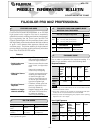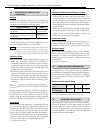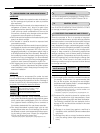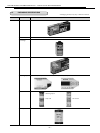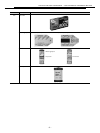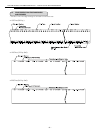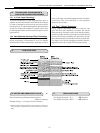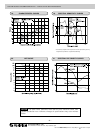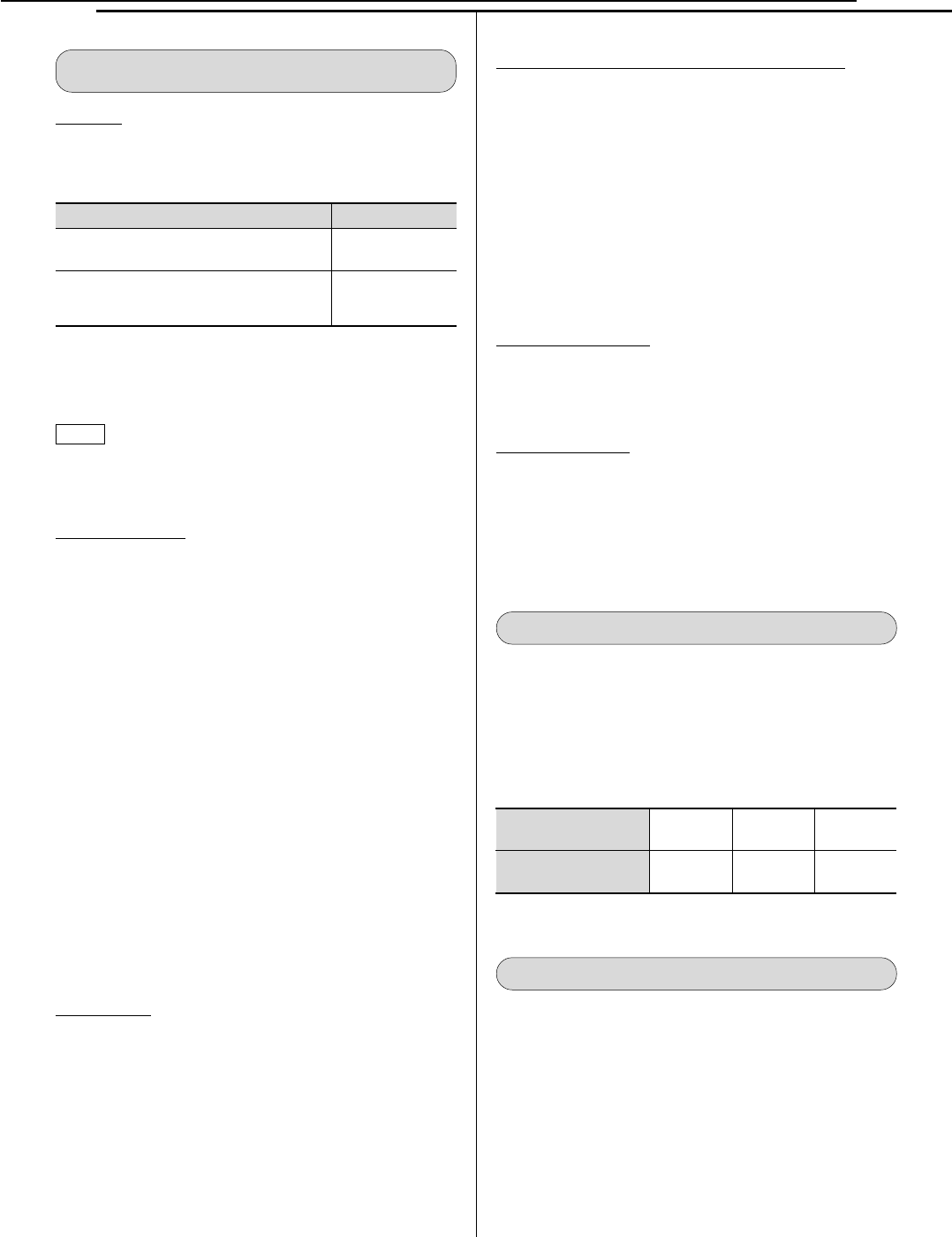
– 2 –
FUJIFILM PRODUCT INFORMATION BULLETIN • FUJICOLOR PRO 800Z PROFESSIONAL
Daylight Photoflood/Photo-Reflector Lamps
• Daylight-type photoflood or photo-reflector lamp
output may be lower than that indicated by the
exposure meter. It is recommended to compensate
for the difference by increasing the exposure time
(by lowering the shutter speed) or by increasing the
lens opening. Whenever possible, test exposures are
recommended.
• Other factors that should be considered when deter-
mining the exposure settings are lamp configuration,
length of time used and line voltage, as they may
affect lamp output and color balance.
Fluorescent Lamps
When photographing under fluorescent lamps, it is
recommended that a shutter speed range of 1/30 to 1
second be used to prevent influence from lamp flicker.
Tungsten Lamps
When using 3200K tungsten lighting, use a Wratten
filter No. 80A (Fuji LBB-12* filter) and increase the lens
opening by + 2 stops. In the case of cameras with TTL
metering, there is no need for additional exposure
compensation.
* Fuji Light Balancing Filter
6. LONG EXPOSURE COMPENSATION
For exposures of 4 seconds or more, the exposure
compensations indicated in the table below is required.
No exposure color balance compensation is required
for exposures within a shutter speed range of 1/4000
to 1 second.
Exposure Compensation Table
1/4000 to 1 4 16
None
+
2
/3 stop
+
1
1
/2 stop
Exposure Time
(sec)
Exposure Correction
(Lens Opening)
(Exposure time longer than 16 seconds is not recommended.)
The + sign indicates an increase in the lens opening.
7. EXPOSURE PRECAUTIONS
When using an accessory such as a reflector umbrella,
reflector or diffuser to control light intensity or diffuse
the light, make sure that no change has occurred in
the color or composition of the accessory’s materials
or reflective surface, and that the color of the light has
not been altered by the material.
5. EXPOSURE FOR VARIOUS LIGHT
CONDITIONS
Daylight
Under usual daylight conditions, color balancing
filters are not necessary, but the following exposure
conditions may require the indicated filters.
* Fuji Sharp-cut Filter (Ultraviolet)
For excessively high or low color temperatures, use of
the color balancing filters is recommended.
NOTE :When artificial illumination is being used as the main or
auxiliary light source either indoors or outdoors under
conditions in which sunlight is present, the use of either
an electronic flash or blue flash bulbs is recommended.
Electronic Flash
• Electronic flash produces light similar to daylight, so
filters are not needed. However, the possibility of
undesirable effects on color balance, due to various
factors (the type of flash used and amount of time
used, etc.) should be taken into consideration. Test
exposures are recommended.
• If shutter speeds slower than 1/60 second are used,
light from non-flash sources, such as room lighting,
may cause color imbalances. Make test exposures.
• The use of a flash meter is advisable, but the following
formula can also be used to obtain satisfactory lens
opening.
Lens
Electronic Flash Guide Number (at ISO 800)
Aperture = ————————————————————————
(f-number)
Electronic Flash-to-Subject Distance (meters or feet)
When using an auto flash unit, the ISO film speed set-
ting should be set to 800. Since the amount of light on
the subject may vary according to amount of light
reflected from surrounding surfaces and other factors,
follow the instructions provided with the flash unit.
Flash Bulbs
With blue flash bulb exposures, compensating filters
are unnecessary. With clear flash bulbs, however, use
a Wratten filter No. 80C (Fuji LBB-8* filter) and increase
the lens opening by +1 stop. However, since the light
quality may vary with the bulb type and the manufac-
turer and the amount of light may vary with the lighting
equipment and diffusion technique, test exposures
should be made with the equipment being used.
* Fuji Light Balancing Filter
Subject Conditions
Fair weather/open shade and shaded
landscapes
Bright distant scenes, snow landscapes,
seaside scenes, aerial scenes and open
landscapes
Filter
Wratten filter
No. 2C (SC-39*)
Wratten filter
No. 1A (SC-40M*)



